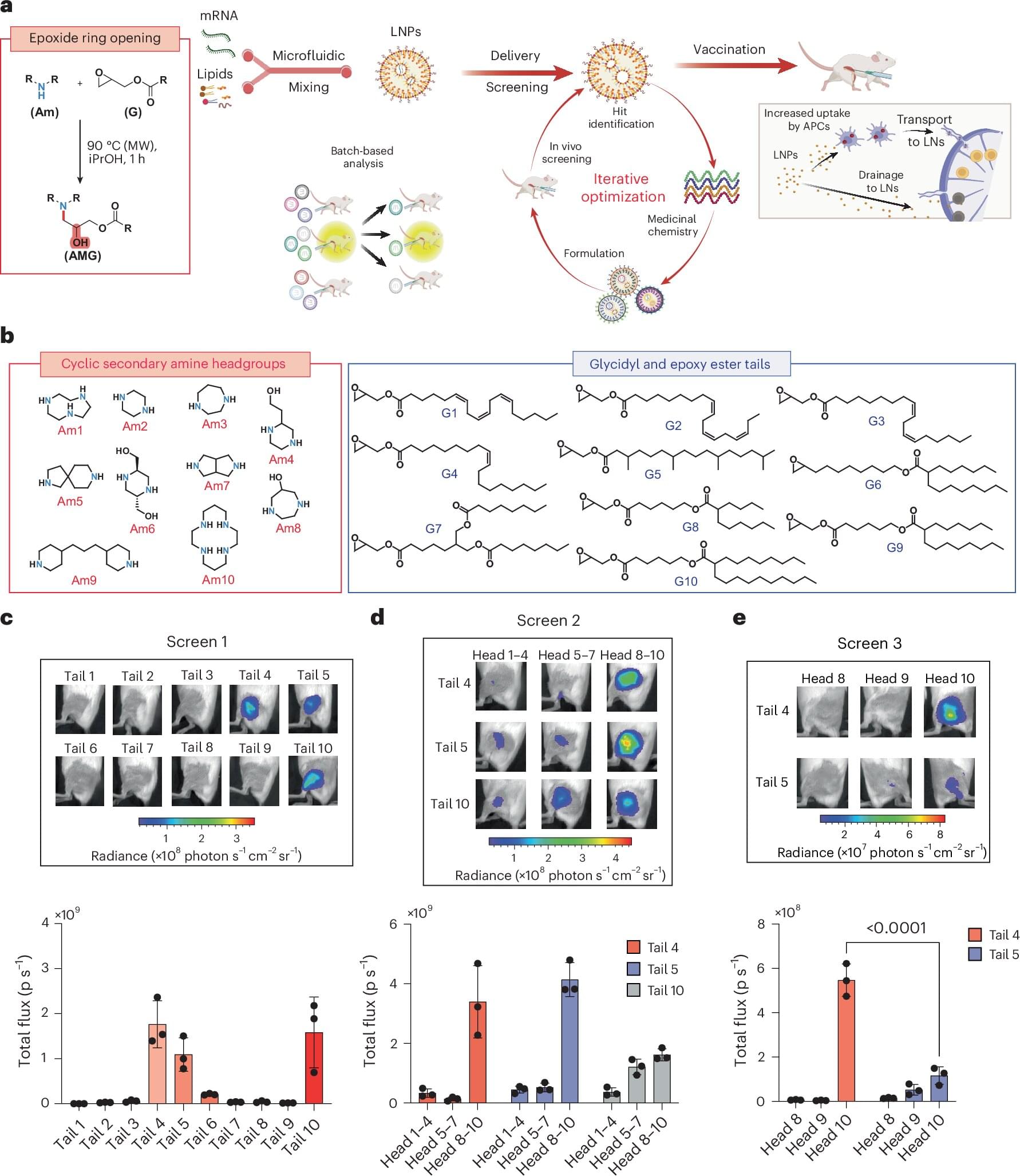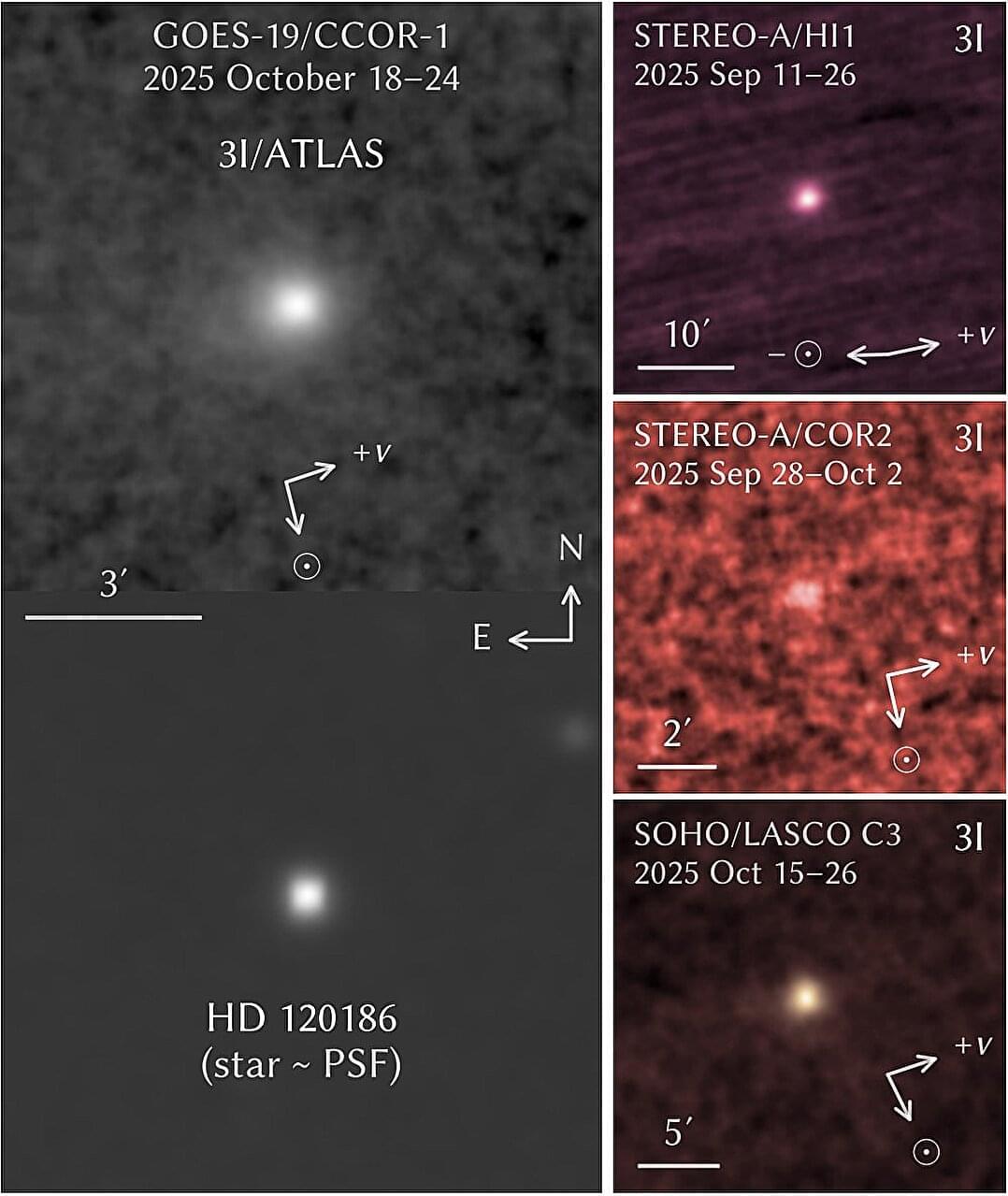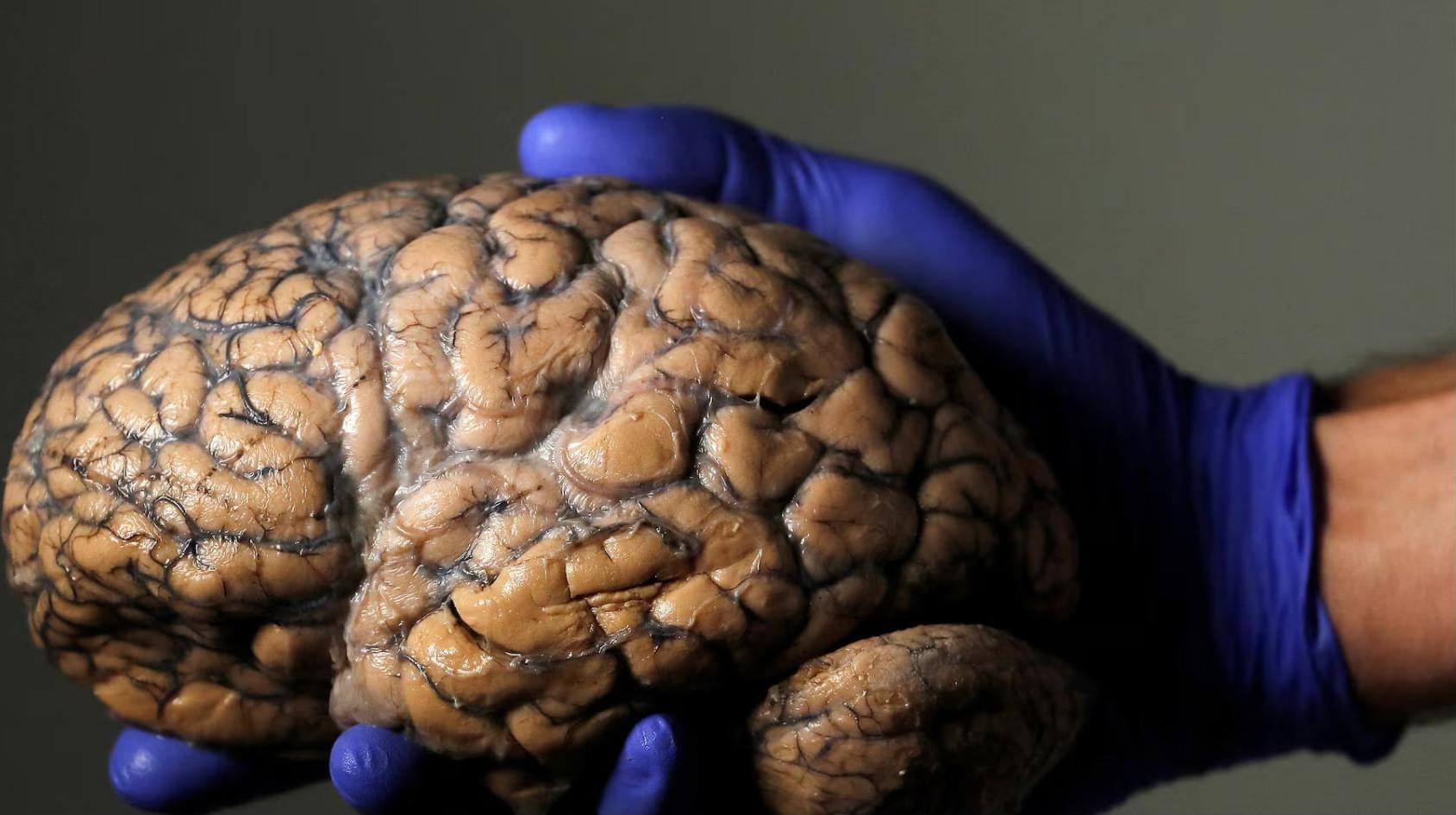New research has updated the understanding of how sugars, known as glycans, help immune cells move into the skin in the inflammatory disease, psoriasis.
The paper titled “Leukocytes have a heparan sulfate glycocalyx that regulates recruitment during psoriasis-like skin inflammation” was published in the journal Science Signaling.
The lead authors are Dr. Amy Saunders from Lancaster University and Dr. Douglas Dyer from the University of Manchester, with their joint Ph.D. student, Dr. Megan Priestley (now at MIT) as the first author.








